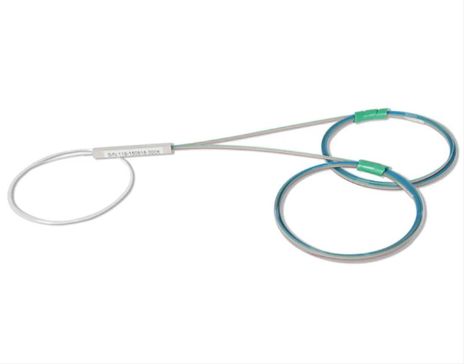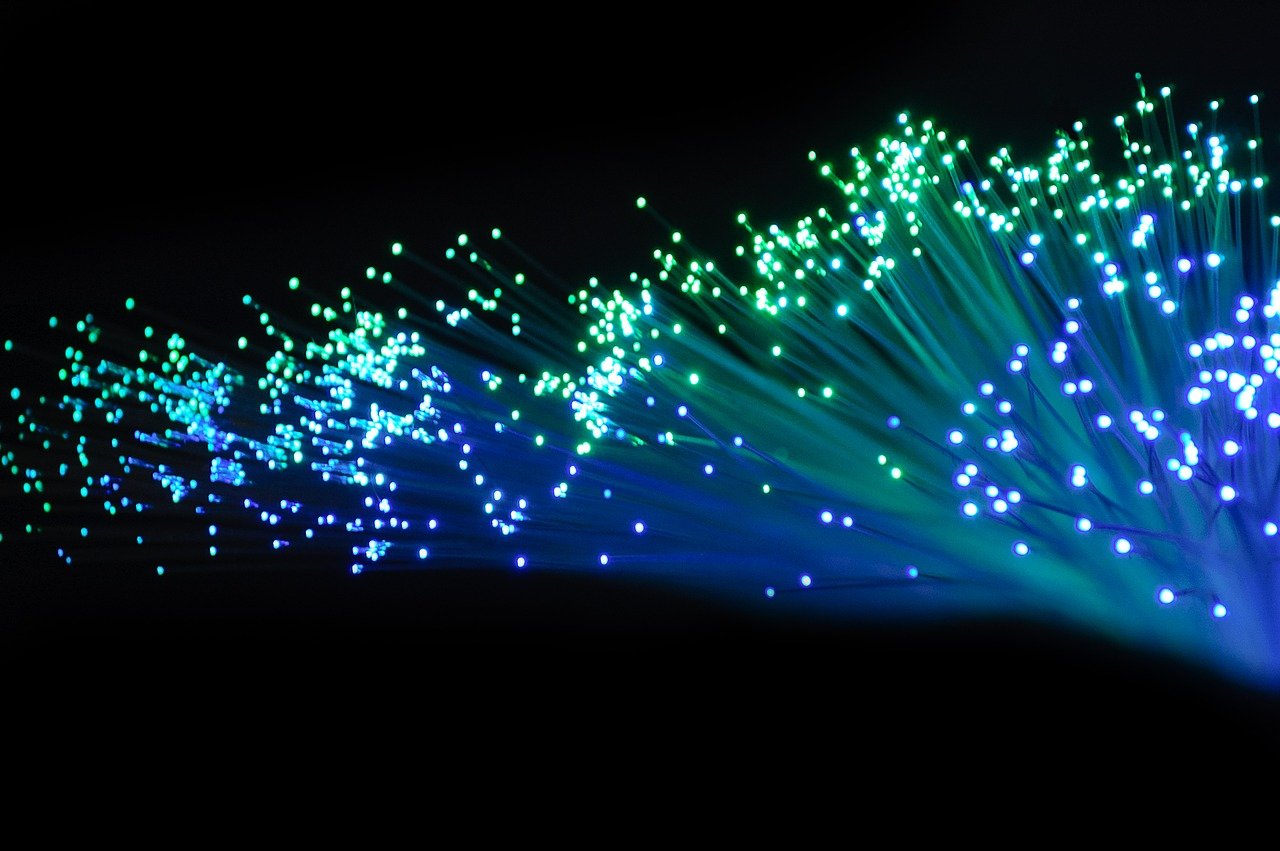Maximizing FTTH Network Efficiency with Bare Fiber PLC Splitters

Maximizing FTTH Efficiency
Maximizing the efficiency of FTTH (Fiber to the Home) networks is essential for providing high-speed internet access to residential areas. By optimizing the performance and design of these networks, it becomes possible to ensure reliable and seamless connectivity for end-users. One key component in achieving this efficiency is the use of bare fiber PLC splitters, which play a crucial role in enhancing network performance and reducing signal loss. In the following sections, we will explore the advantages of bare fiber PLC splitters and how they contribute to maximizing the efficiency of FTTH networks.
Advantages of Bare Fiber PLC Splitters
Enhanced Network Performance
Bare fiber PLC splitters significantly enhance the performance of FTTH networks by efficiently splitting optical signals, allowing for the distribution of high-speed internet to residential areas without compromising signal integrity.
The use of bare fiber PLC splitters ensures minimal signal loss, thereby improving the overall network performance and maintaining a consistent and reliable connection for end-users.
Cost-Effective Solution
In addition to enhancing network performance, bare fiber PLC splitters provide a cost-effective solution for FTTH networks. By reducing the need for additional connectors and hardware, they offer a more economical option for optimizing network efficiency.
The cost-effectiveness of bare fiber PLC splitters makes them an ideal choice for minimizing expenses while ensuring seamless connectivity in Fiber to the Home (FTTH) networks.
Reduction of Optical Signal Loss
Mitigating Signal Loss
When it comes to fiber optic technology, mitigating signal loss is a critical aspect of ensuring the efficient transmission of data in optical networks. Bare fiber PLC splitters play a pivotal role in this process by effectively dividing the optical signals without compromising their integrity.
By strategically implementing bare fiber PLC splitters within FTTH networks, the occurrence of signal loss is significantly reduced. This reduction contributes to an overall improvement in network efficiency and performance, allowing for seamless delivery of high-speed internet to residential areas.
Enhanced Signal Quality
The use of bare fiber PLC splitters not only mitigates signal loss but also enhances the overall signal quality within FTTH networks. By minimizing signal loss and maintaining signal integrity, these splitters ensure that the transmitted data remains consistent and reliable throughout the network.
With reduced optical signal loss, bare fiber PLC splitters contribute to sustaining a high level of signal quality, ultimately leading to a superior user experience for individuals accessing high-speed internet through Fiber to the Home (FTTH) networks.
Design and Installation Best Practices
Optimal Network Design
When it comes to maximizing the efficiency of FTTH networks, implementing optimal network design practices is paramount. By strategically planning the layout and structure of the optical network, it becomes possible to ensure seamless connectivity and reliable high-speed internet access for residential areas.
Fiber optic technology necessitates careful consideration of factors such as signal distribution, scalability, and future expansion. The integration of bare fiber PLC splitters into the network design process enhances network efficiency by effectively managing signal distribution and minimizing potential bottlenecks.
In addition to this, incorporating redundancy and failover mechanisms further strengthens the reliability of the network, ensuring uninterrupted connectivity for end-users. By adopting a comprehensive approach to network design, FTTH networks can deliver superior performance while accommodating future growth and technological advancements.
Efficient Installation Techniques
The installation of bare fiber PLC splitters requires meticulous attention to detail to ensure their seamless integration within FTTH networks. Adopting efficient installation techniques is crucial for optimizing network efficiency and reducing signal loss during the deployment phase.
During installation, proper handling of fiber optic cables and connectors is essential to maintain signal integrity and minimize disruptions. Furthermore, adherence to industry best practices and standards guarantees that fiber optic installation remains consistent with quality requirements.
By prioritizing precision and accuracy in the installation process, FTTH networks can achieve maximum efficiency while minimizing downtime and service interruptions for end-users.
Enhancing FTTH Efficiency
In maximizing the efficiency of FTTH networks, the use of bare fiber PLC splitters plays a pivotal role. These splitters contribute to enhancing network design, reducing signal loss, and implementing cost-effective solutions, all of which are essential for optimizing FTTH efficiency.
Optimal Network Performance
The integration of bare fiber PLC splitters ensures efficient signal distribution within FTTH networks, leading to enhanced network performance and reliable high-speed internet access for residential areas.
Seamless Signal Transmission
By minimizing signal loss and maintaining signal integrity, bare fiber PLC splitters facilitate seamless signal transmission throughout the optical network, ultimately contributing to enhanced FTTH efficiency.
Cost-Effective Solutions
Bare fiber PLC splitters offer a cost-effective solution by reducing the need for additional connectors and hardware, making them an ideal choice for optimizing FTTH network efficiency while minimizing expenses.
These strategies collectively work towards enhancing the overall efficiency of FTTH networks, ensuring consistent and reliable high-speed internet access for end-users.
See Also
Maximizing Performance and Affordable Fiber Optic Connections
Enhancing Network Efficiency with FiberHome Fiber Optics
Simplifying Setups: FiberHome Flat Drop Cable
Uncovering FTTR Invisible Fiber Cable: A Revolutionary Answer
Investigating the Advantages of IP67 Waterproof FTTX Solutions


